A transducer that produces a voltage pulse for each turn of the shaft, called the Keyphasor. This keyphasor signal is used primarily to measure rotating shaft speed and serves as a reference for measuring vibration phase lag angle.
It is an essential element in measuring rotor slow roll bow or runout information.The Keyphasor transducer is typically a proximity probe (recommended for permanent installations in which the probe observes a physical gap change event), an optical pickup (used for temporary installations in which the pickup observes a change in reflectivity event) or a magnetic pickup.
Keyphasor is a Trademark owned by the Bentley Nevada Company. The system includes a proximity probe, extension cable, and proximitor sensor. Convention recommends that the prime keyphasor event is located on the driving unit.
The keyphasor measurement required a coupling keyway or an elongated notch that can provide a once per turn event trigger for the signal pulse.
Keyphasor
The keyphasor signal is a once per turn voltage pulse provided by a transducer, normally an eddy current proximity measurement.
Also Read : Eddy Current Principle
Keyphasor is an electric pulse, or trigger, which is derived from a point on a rotating shaft, it serves as a zero phase reference for determining where imbalance is on a rotor.
The keyphasor in turbo machines are necessary to find phase angle of unbalance mass at the time of dynamic balancing.
You can monitor the machine health with vibration probes alone but if you want to analyze the cause of failure of the machine you need three-dimensional graph showing/analyzing the vibrations at any point of time when machine is running. If you don’t install the keyphasor you will come to know that there are vibrations in the machine but you will not point out at what direction, at what point, at what angle.
The Keyphasor signal is used by monitoring, diagnostic, and management systems to generate filtered vibration. Amplitude, phase lag, speed and variety of other useful information.
The phase is a critical part of this information. Without phase information, overall machine condition and machine faults would often be very difficult.
The Keyphasor is used as a reference point of the shaft, 0 to 360 degrees. When the analysis is performed, the viewing of the 1X and 2X signals are important, X is defined as the running speed of the machine. The monitors read overall vibration signals at all frequencies, the Keyphasor is used to determine the speed.
Let’s say a machine is running at 5,000 RPM, with a Key phasor, the instrument can filter the frequency to 5,000 rpm or 83.33 Hz. With this signal, one can view the shaft behavior or orbit inside the bearing. The phase is calculated as from the time the Keyphasor triggers to the first positive peak of the vibration signal.
Keyphasor in turbomachines is necessary to find the phase angle of unbalance mass at the time of dynamic balancing. Balancing of the turbine rotor is essential.
Manufacturers at their shop can balance the rotors with some other means even if keyphasor is not present. But when the rotor is to be balanced at the user’s site, keyphasor is required for balancing of Turbine rotor is essential.
Advantages :
The Keyphasor is signal is used to generate more than one third of the information regarding the condition of the machine.
- Shaft crack detection
- Rub Detection
- Shaft Balancing
- Shaft /Structural resonance detection.
With the installation of the keyphasor, one can find out the direction the vibrations, at which point the vibrations are there, at which angle the shaft is vibrating.
Source: GE
Read Next:
- Vibration Measurement Questions
- Variable Motor Speed Control
- What is a Limit Switch ?
- Accelerometer Probe Principle
- Basics of Vibration Measurement
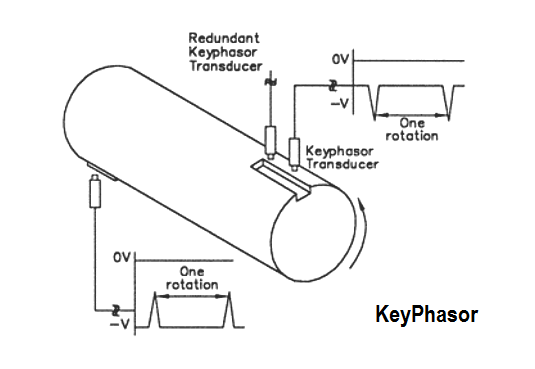



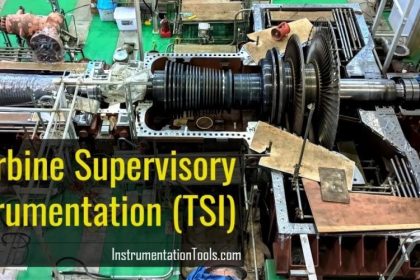
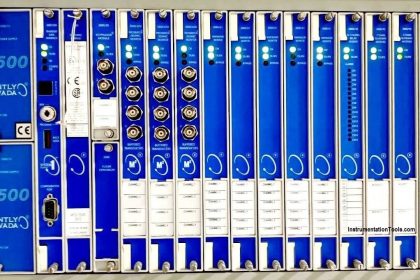
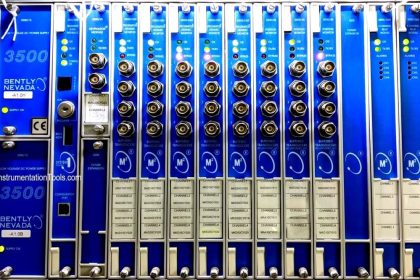
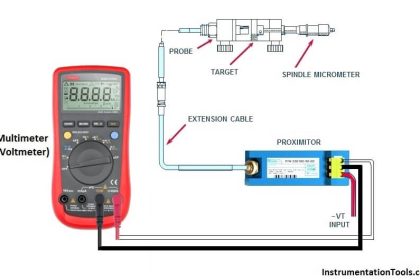
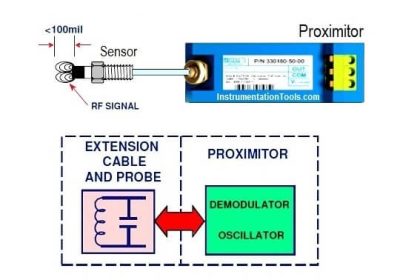
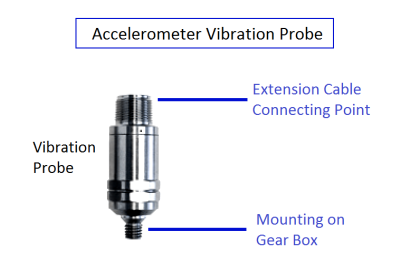



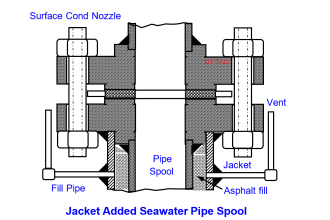
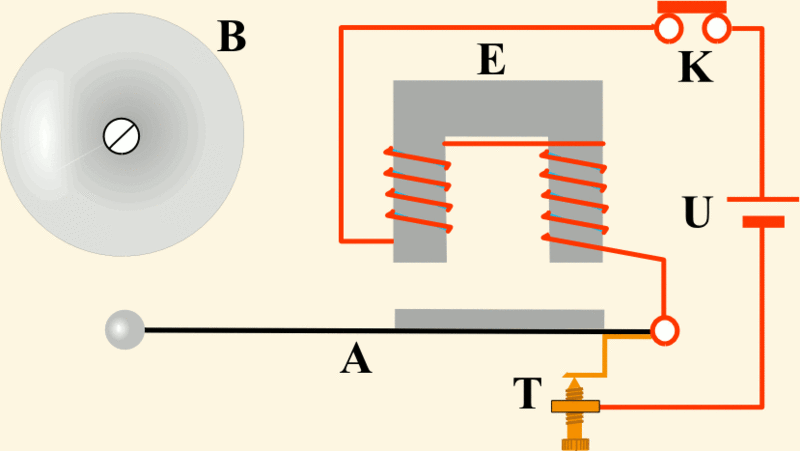

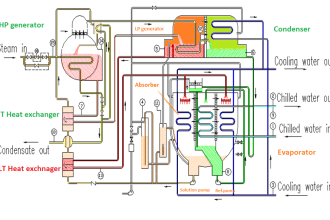
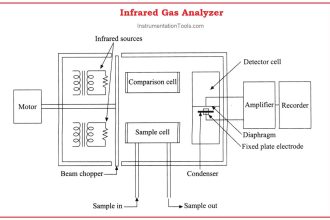

Thanks for an excellent article.
After many years of working on different make of steam turbine supervisory syetems, in my opinion, the GE ( Bently Neveda ) syetems are the best. Their system is advanced in software and has rugged sensors for the turbines.
3500 TSI syetem coupled to System 1 software gives the ultimate machine monitoring and signature based recommendations for the turbinesmaintenance and operation.
What would the DC output voltage signal look like if the input voltage polarity was reversed, would the transducer work or what would the Output signal be reversed, or would the Output act as normal ? Also what would happen if the polarity on the cable between the sensor and proximitor got reversed.
These sensors works on negative voltage. If the voltage polarity reversed then the sensor do not work. Similarly, the total loop works on negative polarity. If anywhere polarity changed then you will not get the proper readings.
Read this article: Why use negative voltage in vibration sensors?
https://instrumentationtools.com/why-we-use-24vdc-in-vibration-measurement/
please send me formula to crosscheck keyphasor signal in proximeter side
Thanks for help me